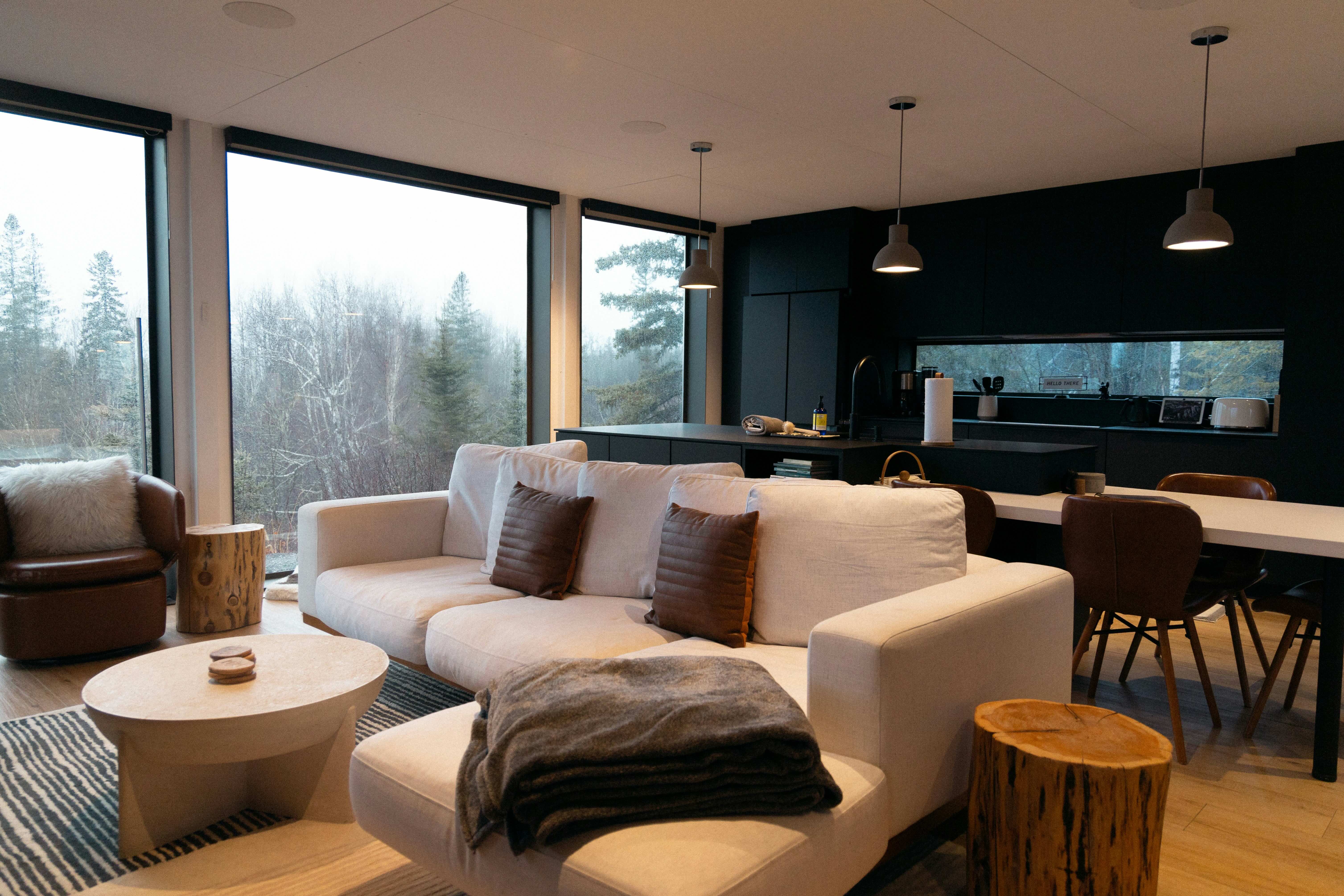
The morning sun streaming through your office windows creates a warm, inviting atmosphere. That afternoon light illuminating your living room beautifully showcases your carefully curated artwork and furniture. But while natural light enhances any space, it’s silently destroying your most valued possessions through a process that happens so gradually, you might not notice until it’s too late.
Every day, harmful ultraviolet rays penetrate your windows, causing irreversible damage to everything from expensive leather furniture to priceless family photographs. The solution isn’t to block out all natural light – it’s to invest in solar control window film, a smart technology that preserves your furnishings while maintaining the bright, welcoming environment you love.
The Hidden Destroyer: Understanding UV Damage
Ultraviolet radiation is the primary culprit behind fading, cracking, and deterioration of interior furnishings. Unlike dramatic accidents that cause immediate damage, UV exposure works slowly and steadily, breaking down the molecular structure of materials over months and years.
The sun emits three types of UV radiation, but it’s UV-A rays that pose the greatest threat to your interiors. These long-wavelength rays easily pass through standard window glass, penetrating deep into fabrics, woods, and other materials. Once inside these materials, UV-A rays break apart the chemical bonds that give items their color, strength, and integrity.
Think about that vibrant red sofa you purchased five years ago that now looks more like a faded pink. Or consider the hardwood floors near your windows that have developed noticeable light patches while areas under furniture remain their original rich tone. This isn’t normal wear and tear – it’s UV damage that could have been prevented.
What’s at Risk in Your Space
The scope of UV damage extends far beyond what most people realize. In your home, treasured family photographs displayed on mantels and side tables gradually lose their vibrancy. Expensive Persian rugs develop uneven coloring where sunlight hits them daily. Leather furniture cracks and becomes brittle, while wooden furniture and flooring develops permanent discoloration.
Office environments face similar challenges but often with higher stakes. Valuable artwork in reception areas fades, diminishing both aesthetic appeal and monetary value. Important documents and certificates displayed in frames become yellowed and illegible. Conference room furniture shows premature aging, creating an unprofessional appearance that reflects poorly on your business.
Even items you might not consider vulnerable suffer UV damage. Plastic components on electronics become brittle and discolored. Book spines fade unevenly. Fabric window treatments themselves deteriorate, requiring costly replacement long before their expected lifespan.
The Science Behind Solar Control Film
Solar control window film works through sophisticated technology that selectively filters harmful radiation while preserving beneficial natural light. High-quality films can block up to 99% of UV rays, dramatically reducing the primary cause of fading and deterioration.
The film consists of multiple layers, each serving a specific purpose. A UV-blocking layer absorbs or reflects harmful radiation before it can enter your space. Additional layers control visible light and infrared radiation, reducing glare and heat while maintaining clarity. The result is protection that’s virtually invisible to the human eye but powerfully effective against sun damage.
Unlike traditional solutions such as heavy curtains or blinds, solar control film doesn’t require you to sacrifice natural light or outside views. You maintain the bright, open feeling that makes spaces feel larger and more inviting, while gaining protection that works 24 hours a day, regardless of whether you remember to close window coverings.
Beyond Preservation: Additional Benefits
While protecting furnishings is the primary focus, solar control window film delivers multiple advantages that enhance your investment value. Energy efficiency improves significantly as the film reduces solar heat gain, lowering cooling costs during warm months. Many property owners see measurable reductions in their energy bills within the first year of installation.
Glare reduction creates more comfortable working and living environments. Computer screens become easier to view without adjusting brightness settings. Reading and detailed work becomes less straining on the eyes. The overall comfort level of sun-facing rooms improves dramatically.
Privacy enhancement is another valuable benefit. Certain films provide one-way visibility during daylight hours, allowing you to see out while preventing others from seeing in. This feature is particularly valuable for ground-floor offices and homes in busy neighborhoods.
Safety improvements shouldn’t be overlooked either. In the event of window breakage, quality films help hold glass fragments together, reducing injury risk and property damage. This protective feature adds peace of mind, especially in homes with children or high-traffic commercial areas.
Making the Smart Investment Decision
When evaluating the cost of solar control window film installation, consider the value of items you’re protecting. A quality leather sofa costs thousands of dollars to replace. Original artwork often increases in value over time, making preservation crucial for long-term investment returns. Even replacing faded carpeting or refinishing damaged hardwood floors represents significant expense.
Professional installation ensures optimal performance and longevity. Quality films come with warranties that provide additional protection for your investment. The installation process is typically completed in a single day with minimal disruption to your routine.
Proactive Protection for Lasting Value
Solar control window film represents proactive protection that pays dividends over time. Rather than waiting for sun damage to occur and then dealing with expensive replacements, you’re investing in prevention that maintains the beauty, value, and integrity of your possessions.
Your furnishings, artwork, and flooring represent significant investments in creating spaces that reflect your taste and style. Protecting these investments with solar control window film ensures they’ll continue looking their best for years to come, while you continue enjoying all the benefits of natural light without the hidden costs of UV damage.
The question isn’t whether you can afford to install solar control window film – it’s whether you can afford not to protect the valuable items that make your space uniquely yours.
If you have questions about these films, contact us at (801) 810-8468. We are located in Salt Lake City, Utah and cover the entire surrounding areas.








